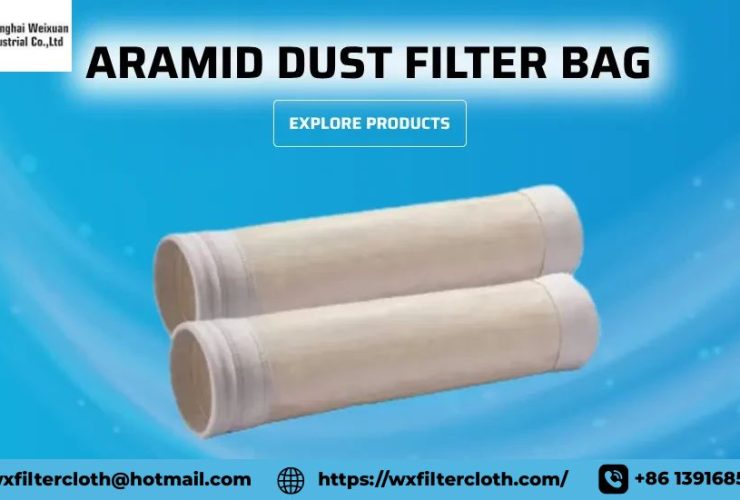Bag Filter: Principle, Working, Merits, and Demerits
The Bag filter works to enhance the air quality and prevent the loss of powder in pharmaceutical production. In pharmaceutical manufacturing, the processing of highly potent drugs like hormones, vitamins, antibiotics, etc., generates lots of powder, which can lead to hazards. Various processes, including screening, blending, mixing, drying, granulating, tableting, compression, and packaging, contribute to air pollution and chemical risks.
Removing these types of problems and maintaining clean air is highly required which is achieved by using filter bags. Antistatics(statin), nylon polymer, and cotton polymer filter bag act as dust collection mechanism that filters and captures powder within the process Air. When the filter cloth takes suspended on the machine it takes a cylindrical bag shape, This area is commonly known as the filter house.
 Principle of Bag Filter
Principle of Bag Filter
The collection of powder by filter bags depends on the principle of filtration. The powder layer adheres to and deposits on the filter bag’s surface and the inner side of the filter cloth, to capture powder particles from the air. The fabric provides a surface for dust particles to accumulate. Accumulation or collection occurs through mechanisms such as inertial or electrostatic interaction, interception, and Brownian movement. These processes lead to the formation of a powder cake on the fabric surface.
Working on filter Bag
The process gas enters through an inlet pipe, colliding with a baffle plate. Due to the impact, large particles slide down to the bottom hopper under the influence of gravity. The carrier gas then travels upwards and passes through the bags, leaving fine particulates to adhere to the inner surface.
Air moving through a filter cloth maintains a filtration velocity of 0.3-2 meters per minute and experiences a pressure loss of 1-2 kilopascals. As the particle layer on the filter cloth thickens, the pressure loss increases and the accumulated fine particle is removed by shacking periods. In most cases, fabric filter bags exhibit a dust collection efficiency of 99 percent or higher, resulting in a dust concentration at the outlet of less than 10 milligrams per cubic meter. To enhance efficiency, filter bags are periodically cleaned, maintained, and replaced.
Merits
- Filter bags offer the most effective method for removing fine particles from the air.
- They are very effective to retained Powder while the drying process.
- They consume low amounts of electricity.
- They contribute to maintaining and protecting a healthy environment.
- Their construction and operation are relatively simple.
- They possess versatility and an effective design.
- They aid in reducing housekeeping efforts and improving product quality.
- Filter bags adhere to the effective design standards of the American Ventilation System.
- High-quality filter bags ensure trouble-free operation.
Demerits
- Bag filters have limitations in operation due to high gas temperatures and high humidity.
- The maintenance cost can be high as the fabric used is expensive.
- The characteristics of the fabric can change under different operating parameters.
- Bag filters tend to be relatively large in size.
- Efficiency can be reduced by the condensation of vapors and the presence of hygroscopic materials.
Applications of bag filter
- They are commonly utilized in fluidized bed dryers to prevent powder loss.
- Bag filters are widely employed in industries to separate dust particles from the air.
- They are extensively used to clean the air in working areas.
- Bag filters find significant application in large industries that produce various types of powder/dust, including metals, cement, chalk and lime, ceramics, flour, and foundries.


